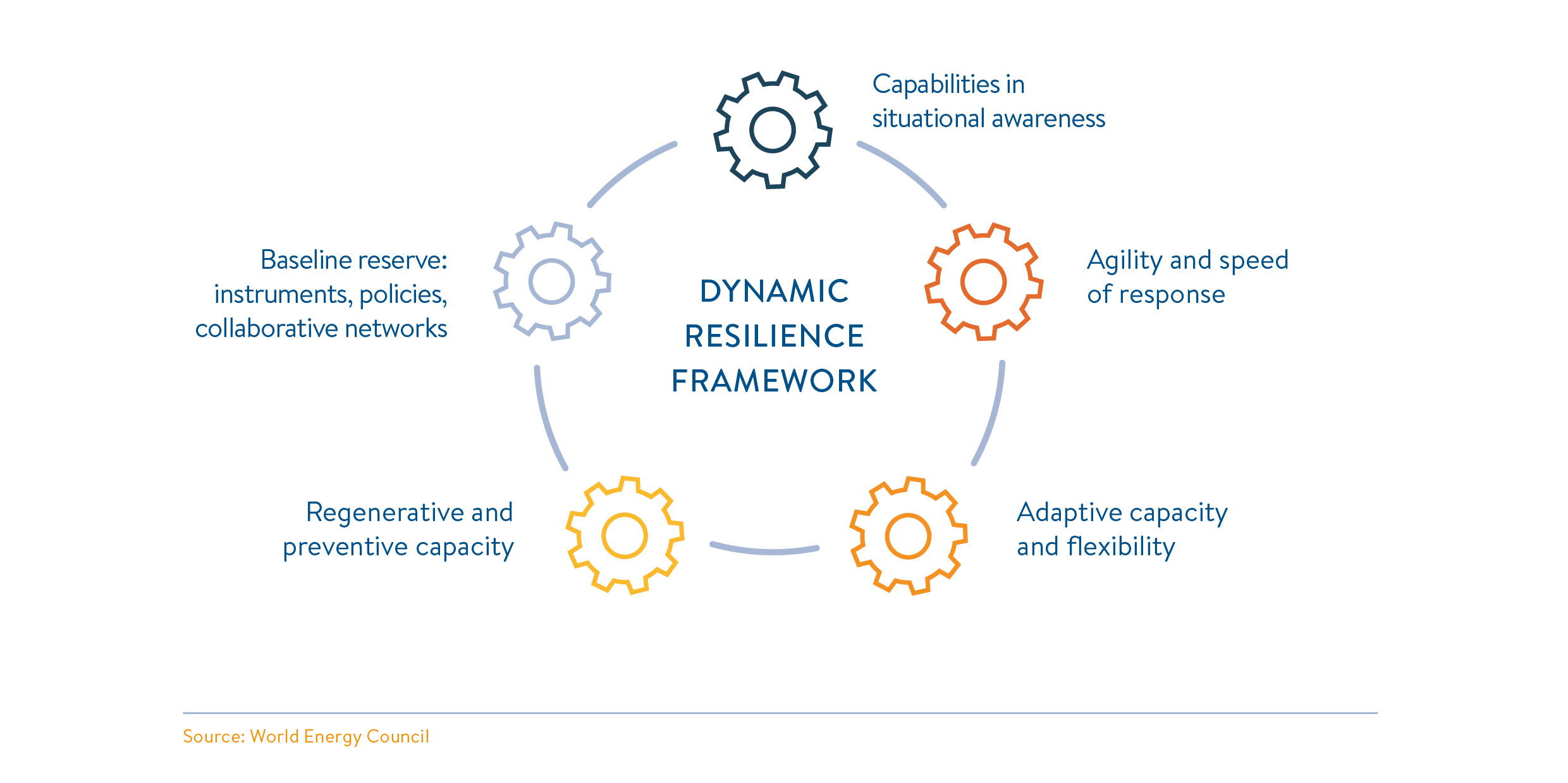The energy sector’s adoption of intelligent, sophisticated technology is enabling new business models and more efficient asset management. As the sector’s digital footprint expands, new synergies are being realized by linking operational, information technology, and communication systems within organizations and across the energy supply chain.
In many aspects, digitalization has strengthened the resilience and efficiency of the energy sector by enabling the use of a complex and widening array of decentralized resources, improved efficiency, and enhanced abilities to detect threats. This results in better operations, productivity, sustainability, and safety.
At the same time, however, digitalization presents new challenges and greater risk exposures, as the rate of technology adoption and transformation across the sector threatens to outpace cyber defense and digital management capabilities.
Given the critical role energy plays in every country's infrastructure, the transforming sector requires new, agile risk management approaches to match its evolving risk profile and ensure it continues to be effective, reliable, and resilient.
Cyber Challenges to the Energy Transition, our new report prepared with the World Energy Council and Swiss Re Corporate Solutions, provides energy actors with a framework for strengthening cyber resilience planning efforts.
The Dynamic Resilience Framework contains five criteria designed as a checklist and emphasizes anticipating, recognizing, and addressing disruptive changes by experimental, interactive, and collaborative responses.

An essential component of dynamic resilience is preparing for response and recovery. Cyber and digital disruption exercises, such as scenario planning and gaming workshops structured around risk exposure, are essential to identifying specific vulnerabilities and better understanding where the organization needs to improve. Most importantly, these exercises teach leaders how to manage threats through the attack – and after – to remediate damage.
The energy industry will continue to transform. As it relies more on interconnectivity, the potential for severe disruption and financial losses caused by cyber-attacks should remain a key concern for energy executives. In response, organizations must view dynamic resilience building as an ongoing process. A regular cadence of exercises will help an organization develop its muscle memory to respond to different types of scenarios and strengthen resilience overall.





